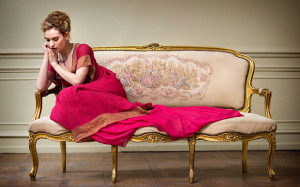Hello, Riskies! It’s been much too long since I visited our drawing room, and once again I am on a deadline and have fallen behind (oh my!) Let’s take a look at a re-post of a blog I did in 2009, which is just as much fun now. Gothic writer Ann Radcliffe died on February 7, 1823, and I always like to take another look at some of her tales….they would be perfect for a Halloween theme party!
Author Ann Radcliffe died on this date in 1823. She could be called “Queen of the Gothic novel,” as many of the standard elements of her plots can still be found in novels today, such as innocent heroines, dark, mysterious heroes, dramatic settings, and wicked villains. (And she was the most popular writer of her own day, influencing Keats and Scott among others, and forming the centerpiece of Catherine Morland’s literary obsessions in Northanger Abbey).
She was born in London in 1764, the only child of William and Anna Ward, and married William Radcliffe at age 22. (Radcliffe was a lawyer, and later editor and owner of The English Chronicle). Ann was said to be shy and reclusive, so not much was known about her private life, which gave rise to many rumors. (She had gone mad as a result of her terrible imagination and been sent to an asylum! She had been captured as a spy in Paris! She ate rare pork chops before bed to stimulate nightmares for her novels!)
J.M.S. Tompkins writes that in all Radcliffe’s novels “a beautiful and solitary girl is persecuted in picturesque surroundings, and, after many fluctuations of fortune, during which she seems again and again on the point of reaching safety, only to be thrust back again into the midst of perils, is restored to her friends and marries the man of her choice.” Sounds like the Victoria Holt stories I was addicted to as a teenager
Her best known works include A Sicilian Romance (1790), The Romance of the Forest (1791), The Italian (1796), and of course The Mysteries of Udolpho. She also wrote a travelogue, A Journey Through Holland and the Western Frontier of Germany (1795) and various poems, which were published by her husband after her death along with the historical romance Gaston de Blondville.
 More information can be found (mostly on the books, since the details of her life are still obscure–though I doubt the pork thing) in Deborah Rogers’ Ann Radcliffe: A Biography-Bibliography(1996).Have you ever read any of Radcliffe’s works? Have any favorite modern Gothic authors?? I’m thinking aMysteries of Udolpho-theme Halloween party would be lots of fun…
More information can be found (mostly on the books, since the details of her life are still obscure–though I doubt the pork thing) in Deborah Rogers’ Ann Radcliffe: A Biography-Bibliography(1996).Have you ever read any of Radcliffe’s works? Have any favorite modern Gothic authors?? I’m thinking aMysteries of Udolpho-theme Halloween party would be lots of fun…
Have you ever read any of Radcliffe’s books? Have any favorite modern Gothic authors? And what might you wear to my Halloween party???

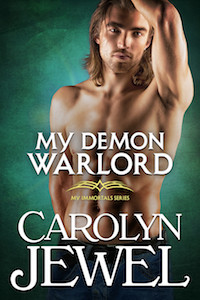



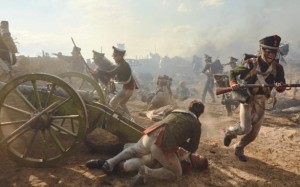 It was filmed on location in Russia, Lithuania and Latvia, with lots of extras. There were extraordinary battle scenes (lots of blood), and a military advisor who’d seen action advised on these, so they had an amazing documentary sort of feel.
It was filmed on location in Russia, Lithuania and Latvia, with lots of extras. There were extraordinary battle scenes (lots of blood), and a military advisor who’d seen action advised on these, so they had an amazing documentary sort of feel.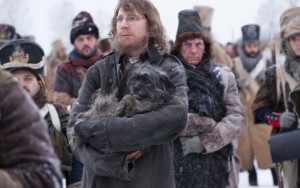 The retreat from Moscow was horrific and harrowing.
The retreat from Moscow was horrific and harrowing.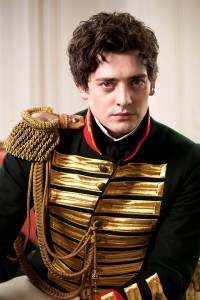 And the clothes, oh lordy the clothes (because if you visit this blog you know it all comes down to the clothes). Since we’re on the subject of warfare, I’ve never seen such splendid uniforms, embroidered, gilded, tasseled, and their wearers bursting with testosterone.
And the clothes, oh lordy the clothes (because if you visit this blog you know it all comes down to the clothes). Since we’re on the subject of warfare, I’ve never seen such splendid uniforms, embroidered, gilded, tasseled, and their wearers bursting with testosterone. One of the few costume fails was the designer’s attempt to express Gillian Anderson wearing an ooh la la French number. Really? Could the costume historians among us chime in? Because somehow, oh, I don’t know, I think this looks more high school prom than anything else. One shoulder?!!
One of the few costume fails was the designer’s attempt to express Gillian Anderson wearing an ooh la la French number. Really? Could the costume historians among us chime in? Because somehow, oh, I don’t know, I think this looks more high school prom than anything else. One shoulder?!!
